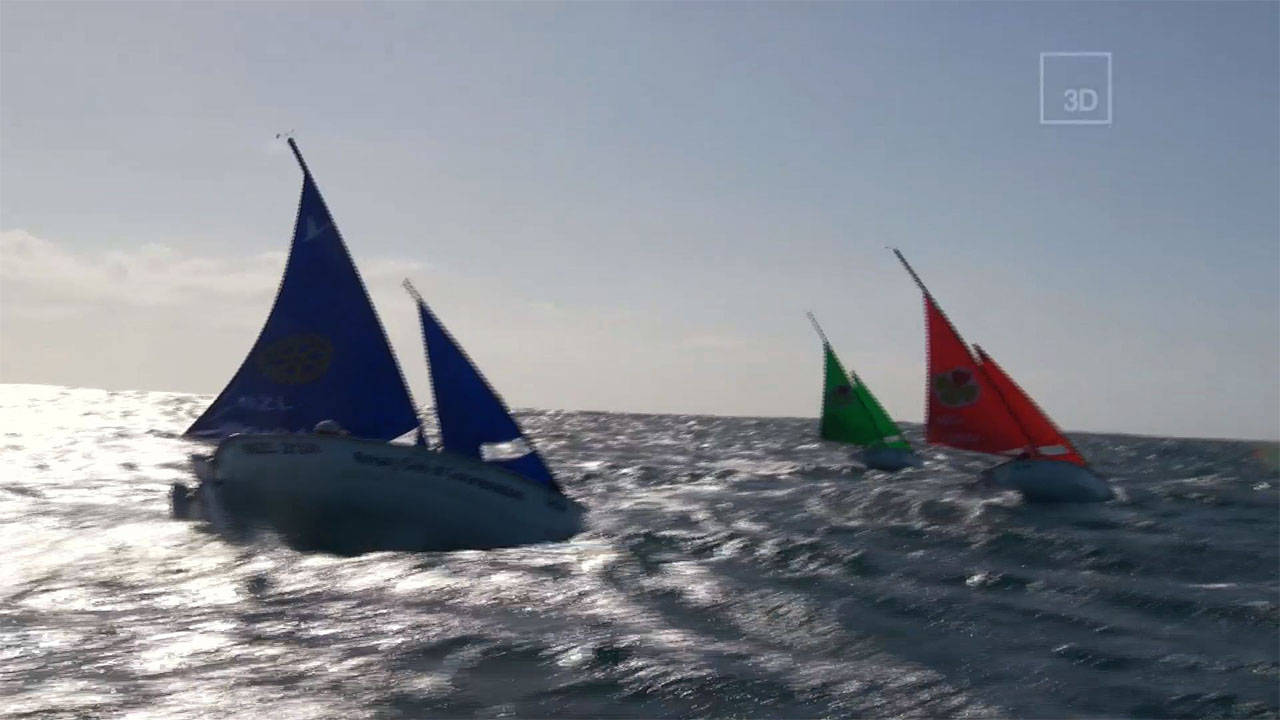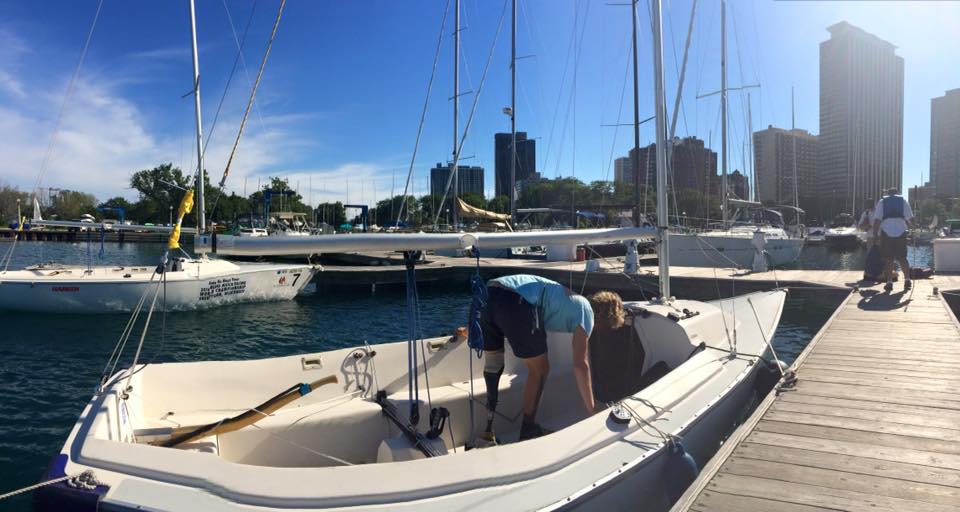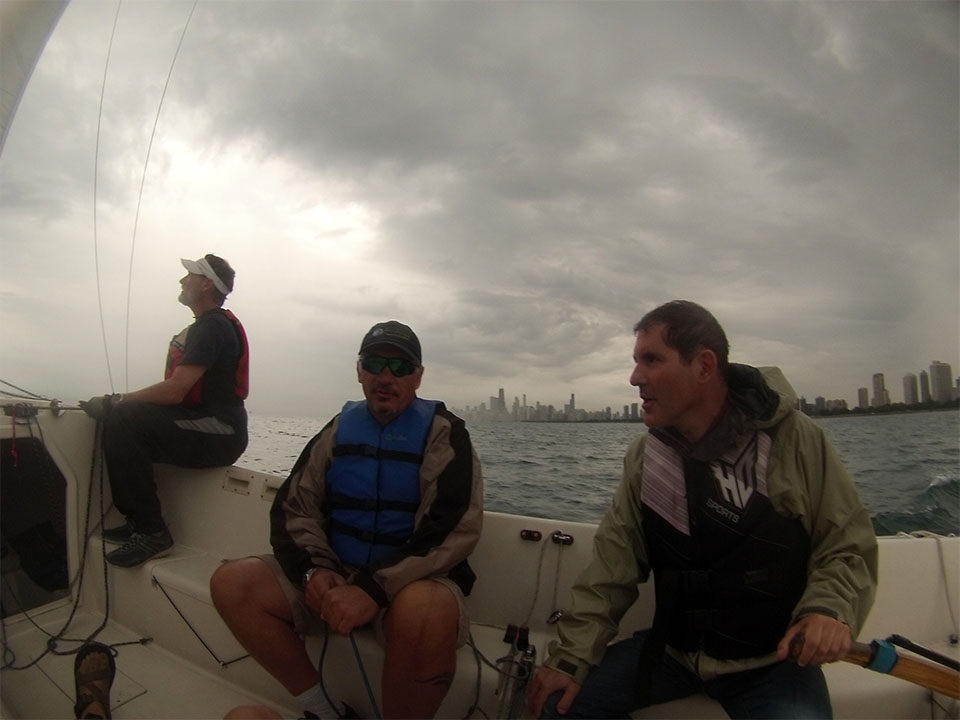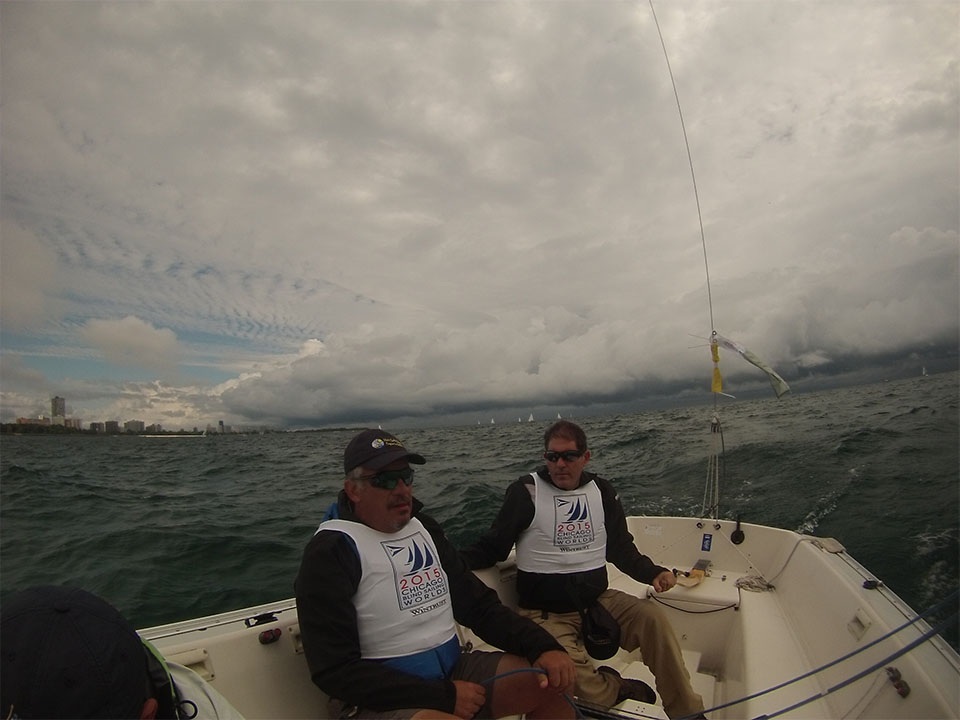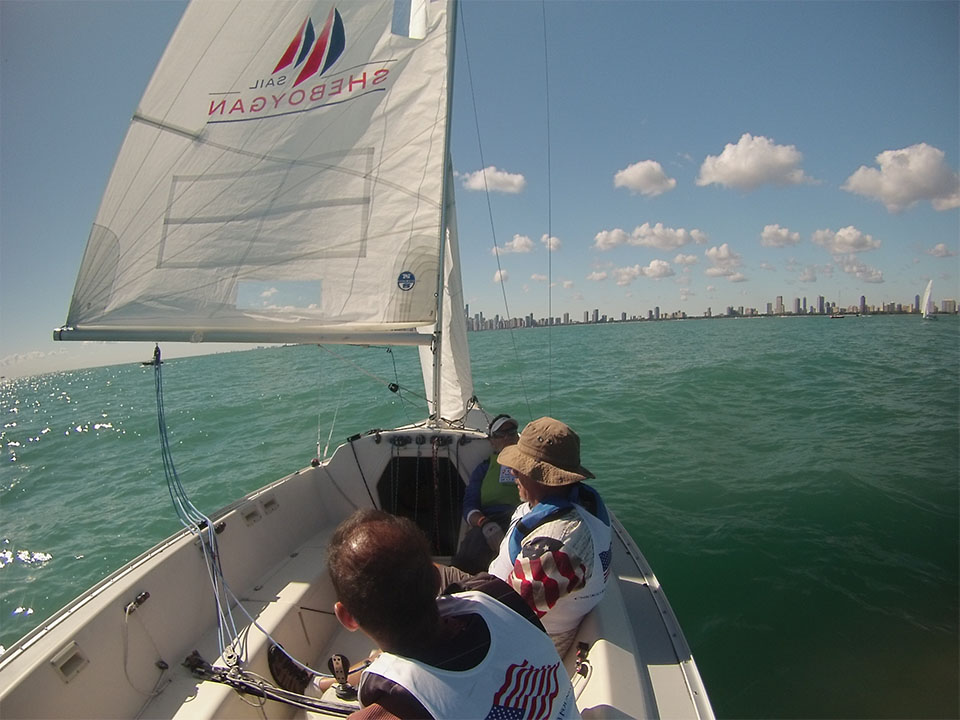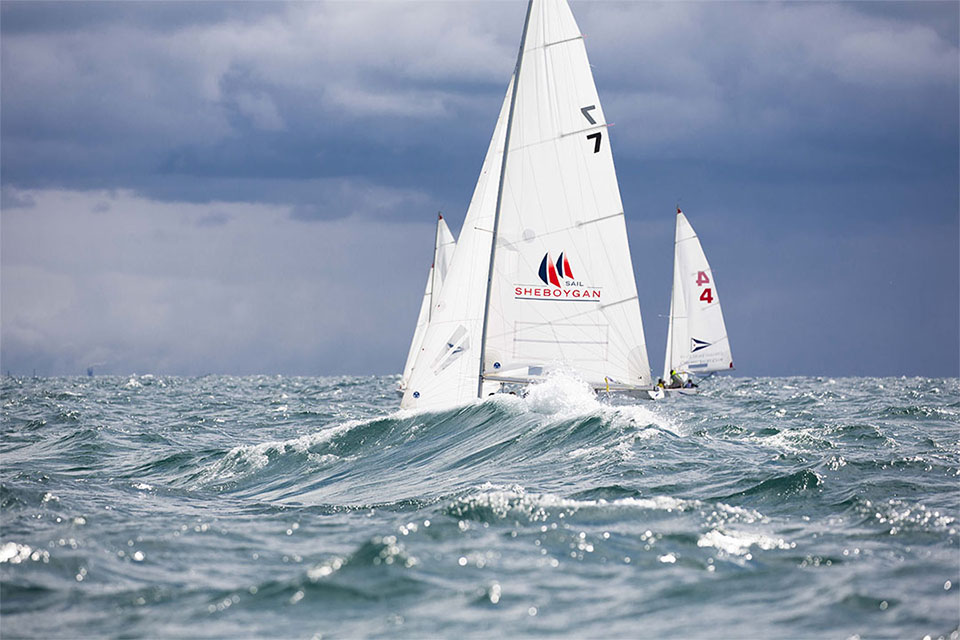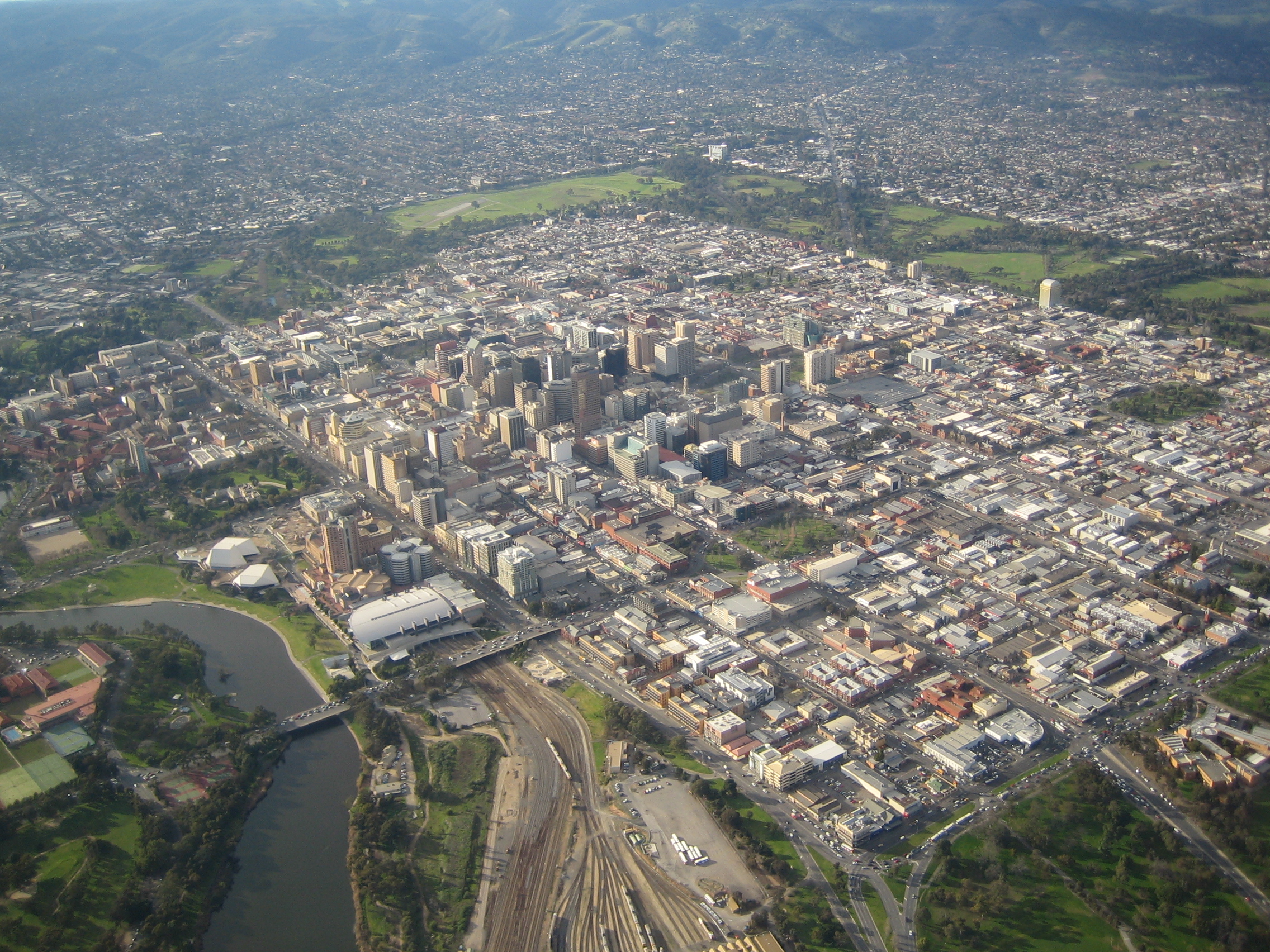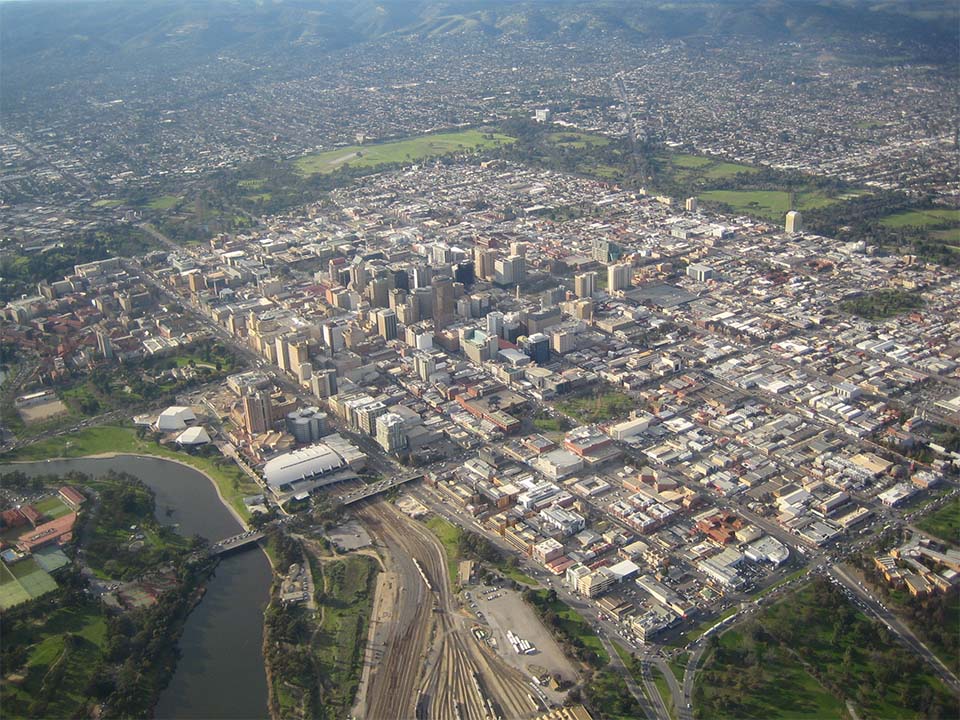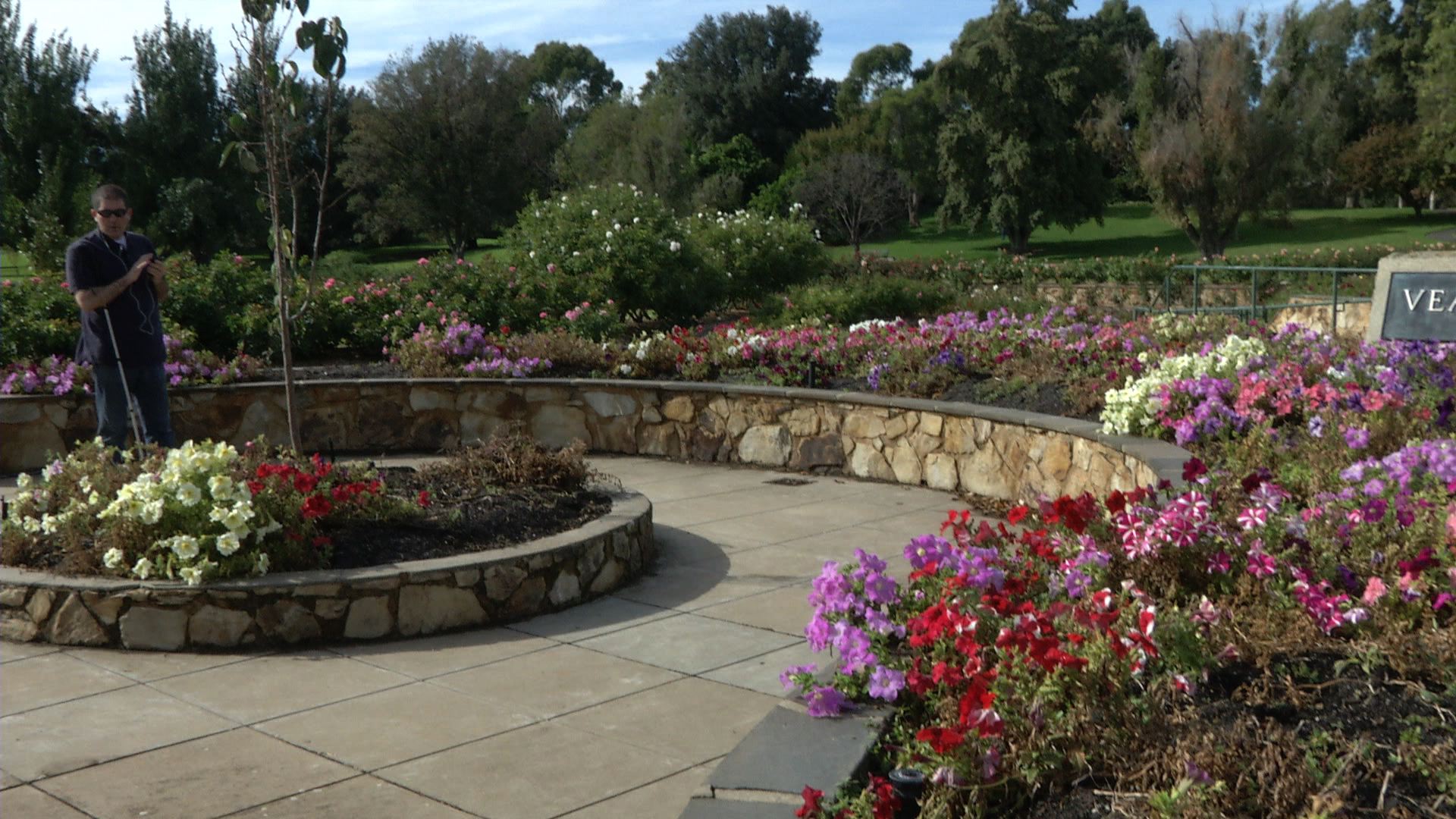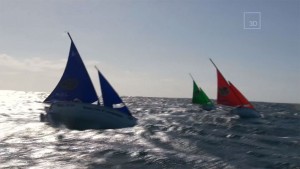
It’s been more than six months since the Cook Strait crossing, and I’m just now starting to figure out what to think about it.
Let me tell you about Dennis. He went to sleep one night and woke up visually impaired the next morning. A viral infection did the deed, and he tells me that his local ophthalmologist basically told him there was nothing that could be done and gave him a card for a regional rehabilitation service on the way out. “well, there were a few days of a very depressed Dennis,” he told me when I met him in person. I still have trouble buying that, but I do buy what he’s selling – that the only way to deal with a setback is to pick yourself up, dust yourself off and keep moving.
Let me tell you about Samuel. He has a condition called Brittle Bone Syndrome. He’s also what is called a little person. If he trips on a curbside, it can mean weeks or months of recovering from fractures. You can usually find him in a wheelchair, because that’s just a safer way to live. Sam often carries something warm to drink because in this part of the world, closer to Antarctica than most other continents besides Australia, it gets cold quite a bit, and with his lighter bone density and smaller stature, core temperature is a very big deal.
Let me tell you about Otis. He has Spina Bifida. He’s been in a wheelchair since he was a year old. He’s just turned eighteen and knows that the best case scenario for the rest of his life is never feeling anything below the waist.
And let me tell you about Katy. She’s spent most of her life around people with disabilities, and she knows a little something about prejudice and preconceptions. She trains disabled men and women to accomplish extraordinary goals. Her motto, which I heard so many times I can recite it by heart is “Disability is no limit to adventure.”
Well.
Now I want to tell you about the Cook Strait. This is the channel of water that separates the north and south islands of New Zealand. If you have ever heard the phrase “the roaring forties,” this is the pocket of the globe where it comes from. It describes the wind conditions through the channel, along the fortieth parallel, not the wind speeds themselves, which can indeed be forty knots but this would be a low number on a good day. There are gusts up to 120. It’s such a dangerous body of water, rental car companies on the north island prohibit you from using the interisland ferry services to shuttle their vehicles across to the south island, and vice versa. Because there accidents, you see. Ferries as large as an office building are routinely benched. Oh, you can cross, but they would prefer you leave their cars behind.
When my sailing coach in San Francisco told me that his buddy Dennis in New Zealand was going to be crossing the Cook Strait in an eleven foot dinghy, my first thought was that we had to add this to our shot sheet. When Dennis told me that Samuel, Otis and Katy were also part of the crossing, it became what we in television news used to call a “must cover.” In news, “must cover” usually meant a story dictated from the general manager’s office… his wife getting a community service award, for example.
Here, though, “must cover” became a more meaningful idea. Disabled sailors crossing the most dangerous body of water in the world? Sign me up.
That was me talking the talk.
What’s taken me six months to figure out are the feelings behind what was going on. Because there’s no way around the fact that if I had anything to say about it, I would have grounded this crew before they ever came within sight of the strait, and that is me decidedly not walking the walk. This is, let’s be clear, a visually impaired filmmaker trying to do something that conventional wisdom says should obviously be left to better qualified people. Hypocrisy, anyone? However, as I watched the preparations for the crossing, and the combination of what I thought was systematic planning mixed with a bit of Iowa ice cream social, I wondered. A lot. What happens when Dennis can’t find the rescue boat in the roaring winds? What happens when Samuel’s core temperature drops or a bone breaks? What happens when Otis gets tossed by a churning swell? What happens when disability and adventure meet head on?
What I am is a storyteller, but what I am more of is a reporter. And a reporter’s job is to observe. Participation and intervention are off the table. This is usually an easy rule to follow, especially when sharing the stories of the people we meet. The people who are questioning perceptions, raising expectations and making a difference.
Dennis, Samuel, Otis and Katy are those people, and my cinematographer and I found ourselves in a very uncomfortable place as they set out on their crossing. We thought it was possible, perhaps even likely, that they were going to die. That our footage, and the footage of the New Zealand network crew we were coordinating with for additional coverage, were going to have some very terrible footage on our hands. Two rescue boats, years of training and the Coast Guard on standby seemed like cold comforts in the roaring forties.
And the reason it’s taken six months to write about this is because on The Cook Strait, I found myself asking whether I really believed the logical conclusion to the chain of events I have been following for more than a year. I believe that anyone with any handicap has the same ability, the same freedom, the same right to do whatever he or she wants as any other adult human being. The right to film a documentary. The right to climb a mountain. The right to serve a cup of coffee and bus your table. Let me tell you, in the United States, where the unemployment rate for men and women who are visually impaired is seventy percent, especially the right to serve you coffee and bus your table.
What I’m wrapping my head around is this: does it include the right to risk your life?
Next: What happened on the Cook Strait.
